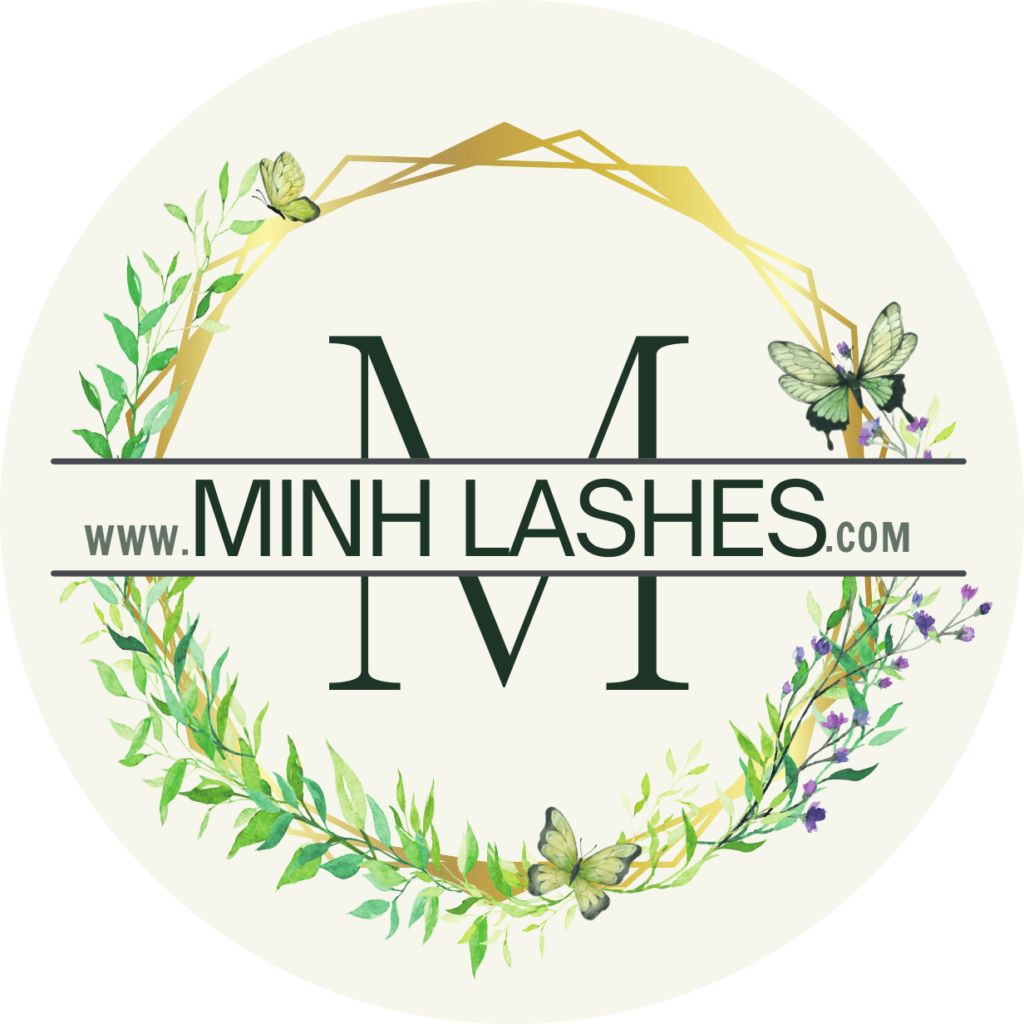No products in the cart.
Botox and Crow’s Feet: A Gentle Solution for Aging Eyes
Crow’s Feet Be Gone: How Botox Can Refresh Your Eye Area
Table of Contents
- Understanding Crow’s Feet
- What is Botox?
- How Botox Works for Crow’s Feet
- The Botox Treatment Process
- Benefits of Botox for Crow’s Feet
- Potential Side Effects and Precautions
- Maintaining Your Results
- Finding a Qualified Provider
- Alternatives to Botox for Crow’s Feet
- Conclusion
As we age, those little lines around our eyes, affectionately known as crow’s feet, can become more noticeable. While they’re a natural part of aging, many people seek ways to reduce their appearance. Enter Botox, a popular treatment that has become synonymous with smoothing out wrinkles and fine lines. In this post, we’ll explore how Botox can help with crow’s feet and what you need to know before considering this treatment.
Understanding Crow’s Feet
Crow’s feet, also called laugh lines or smile lines, are the small wrinkles that appear at the outer corners of your eyes. They’re named for their resemblance to a bird’s footprint. These lines typically become more pronounced as we age due to several factors:
- Repeated facial expressions (smiling, squinting)
- Sun exposure
- Loss of skin elasticity
- Decreased collagen production
While crow’s feet can be a sign of a life well-lived, filled with laughter and joy, some people prefer a smoother appearance around their eyes.
What is Botox?
Botox is the brand name for a neurotoxin called botulinum toxin type A. It’s a purified protein derived from the bacterium Clostridium botulinum. When used in small, controlled doses, Botox can temporarily paralyze muscles, reducing the appearance of wrinkles and fine lines.
Some key points about Botox:
- FDA-approved for cosmetic use since 2002
- Used for various medical conditions before its cosmetic applications
- One of the most popular non-surgical cosmetic treatments worldwide
How Botox Works for Crow’s Feet
Botox works by blocking nerve signals in the muscles where it’s injected. This prevents the targeted muscles from contracting, which can reduce the appearance of wrinkles and fine lines. For crow’s feet, Botox is injected into the orbicularis oculi muscle, which surrounds the eye.
The process:
- Botox is injected into specific areas around the eyes
- It blocks nerve signals to the muscles in that area
- The muscles relax, reducing the appearance of crow’s feet
- The skin appears smoother and more youthful
It’s important to note that Botox doesn’t fill wrinkles like dermal fillers do. Instead, it relaxes the muscles that cause the wrinkles to form.
The Botox Treatment Process
Getting Botox for crow’s feet is a relatively quick and simple procedure. Here’s what you can expect:
- Consultation: Your provider will assess your facial structure and discuss your goals.
- Preparation: The area around your eyes will be cleaned, and a numbing cream may be applied.
- Injection: Using a very fine needle, your provider will inject small amounts of Botox into specific points around your eyes.
- Post-treatment: You’ll be given aftercare instructions. There’s typically no downtime required.
The entire process usually takes about 10-15 minutes. Results typically start to appear within 3-5 days, with full effects visible after about two weeks.
Benefits of Botox for Crow’s Feet
Botox offers several benefits for those looking to reduce the appearance of crow’s feet:
- Quick results: Many people see improvements within a few days.
- Non-surgical: Unlike more invasive procedures, Botox doesn’t require surgery.
- Minimal downtime: You can usually return to normal activities immediately after treatment.
- Customizable: The amount of Botox can be adjusted to achieve your desired look.
- Temporary: If you’re not satisfied with the results, they will wear off over time.
Potential Side Effects and Precautions
While Botox is generally considered safe when administered by a qualified professional, there are potential side effects to be aware of:
- Bruising or swelling at the injection site
- Headache
- Drooping eyelids (rare)
- Asymmetry (if injections are not balanced)
It’s crucial to choose a qualified provider and follow all pre and post-treatment instructions to minimize risks.
Botox may not be suitable for everyone. It’s not recommended for:
- Pregnant or breastfeeding women
- People with certain neurological conditions
- Those allergic to any ingredients in Botox
Always consult with a healthcare professional before deciding on any cosmetic treatment.
Maintaining Your Results
The effects of Botox for crow’s feet typically last 3-4 months. To maintain your results:
- Schedule regular treatments: Most people need treatments every 3-4 months.
- Protect your skin: Use sunscreen daily to prevent further sun damage.
- Stay hydrated: Drinking plenty of water can help keep your skin looking plump and healthy.
- Follow a good skincare routine: Use quality products suited to your skin type.
Remember, Botox is not a permanent solution. It’s a ongoing treatment for those who wish to maintain a smoother appearance around their eyes.
Finding a Qualified Provider
When considering Botox for crow’s feet, it’s crucial to find a qualified and experienced provider. Here are some tips:
- Check credentials: Look for a licensed healthcare professional with specific training in Botox injections.
- Read reviews: Look for testimonials from previous patients.
- Ask for before and after photos: This can give you an idea of the provider’s skill and aesthetic sense.
- Schedule a consultation: This allows you to ask questions and get a feel for the provider’s approach.
Remember, “Botox near me” shouldn’t be your only search criteria. It’s worth traveling a bit further for a highly qualified provider.
Alternatives to Botox for Crow’s Feet
While Botox is a popular choice for crow’s feet, it’s not the only option. Some alternatives include:
- Dermal fillers: These can plump up the skin around the eyes, reducing the appearance of fine lines.
- Laser treatments: Certain laser treatments can stimulate collagen production, improving skin texture.
- Chemical peels: These can help reduce fine lines and improve overall skin appearance.
- Topical treatments: Retinoids and certain peptides can help improve skin texture over time.
- Lifestyle changes: Protecting your skin from sun damage, staying hydrated, and maintaining a healthy diet can all contribute to healthier-looking skin.
Each of these alternatives has its own set of pros and cons, and what works best can vary from person to person.
Conclusion
Botox for crow’s feet can be an effective way to achieve a more youthful appearance around the eyes. While it’s not a permanent solution, many people find that regular treatments help them maintain the look they desire. As with any cosmetic procedure, it’s important to do your research, understand the potential risks and benefits, and choose a qualified provider.
Remember, there’s no one-size-fits-all solution when it comes to skincare and anti-aging treatments. What works for one person may not be the best choice for another. Consider consulting with a dermatologist or cosmetic surgeon to discuss your specific concerns and goals.
Whether you choose Botox or another treatment option, the key is to feel confident and comfortable in your own skin. After all, true beauty comes from within, and a genuine smile – crow’s feet and all – is always in style.
[CTA] Ready to learn more about Botox for crow’s feet? Schedule a consultation with a qualified provider in your area to discuss your options and determine if this treatment is right for you.
Xem thêm:
- Why Are Eyelashes Short And Sparse? Can It Be Lengthened And How?
- Botox Brow Lift Before and After: What You Need to Know
- Botox into Masseter: A Guide to Jaw Slimming and Pain Relief
- How To Dissolve Eyelash Extension Glue Very Simple And Effective At Home
- You may be surprised by these eyelash facts.
Bài viết cùng chủ đề:
-
Botox Forehead Lift Before and After: What to Expect
-
Botox for Under the Eyes: A Safe Solution for Tired-Looking Eyes
-
Botox for Teeth Grinding: A Surprising Solution to Jaw Pain
-
Botox for Lashes: The Secret to Longer, Fuller Eyelashes
-
Botox for Jaw Clenching: A Solution for TMJ and Bruxism
-
Botox Brow Lift Before and After: What You Need to Know
-
Botox and Migraines: A Revolutionary Treatment for Chronic Pain Relief
-
TMJ Botox: A Revolutionary Treatment for Jaw Pain and Tension
-
Temporomandibular Joint Botox: A Modern Solution for Jaw Pain
-
Jaw Botox: A Non-Surgical Solution for TMJ and Teeth Grinding
-
How Long Will Botox Last? A Comprehensive Guide
-
How Long Does It Take for Botox to Work? A Comprehensive Guide
-
How Long Can Botox Last? Understanding the Duration of Your Treatment
-
The Ultimate Guide to Botox Under Eyes: Rejuvenate Your Look
-
The Rise of Botox Serum: A Non-Invasive Alternative to Traditional Treatments
-
Botox in Jaw: A Modern Solution for TMJ and Bruxism



